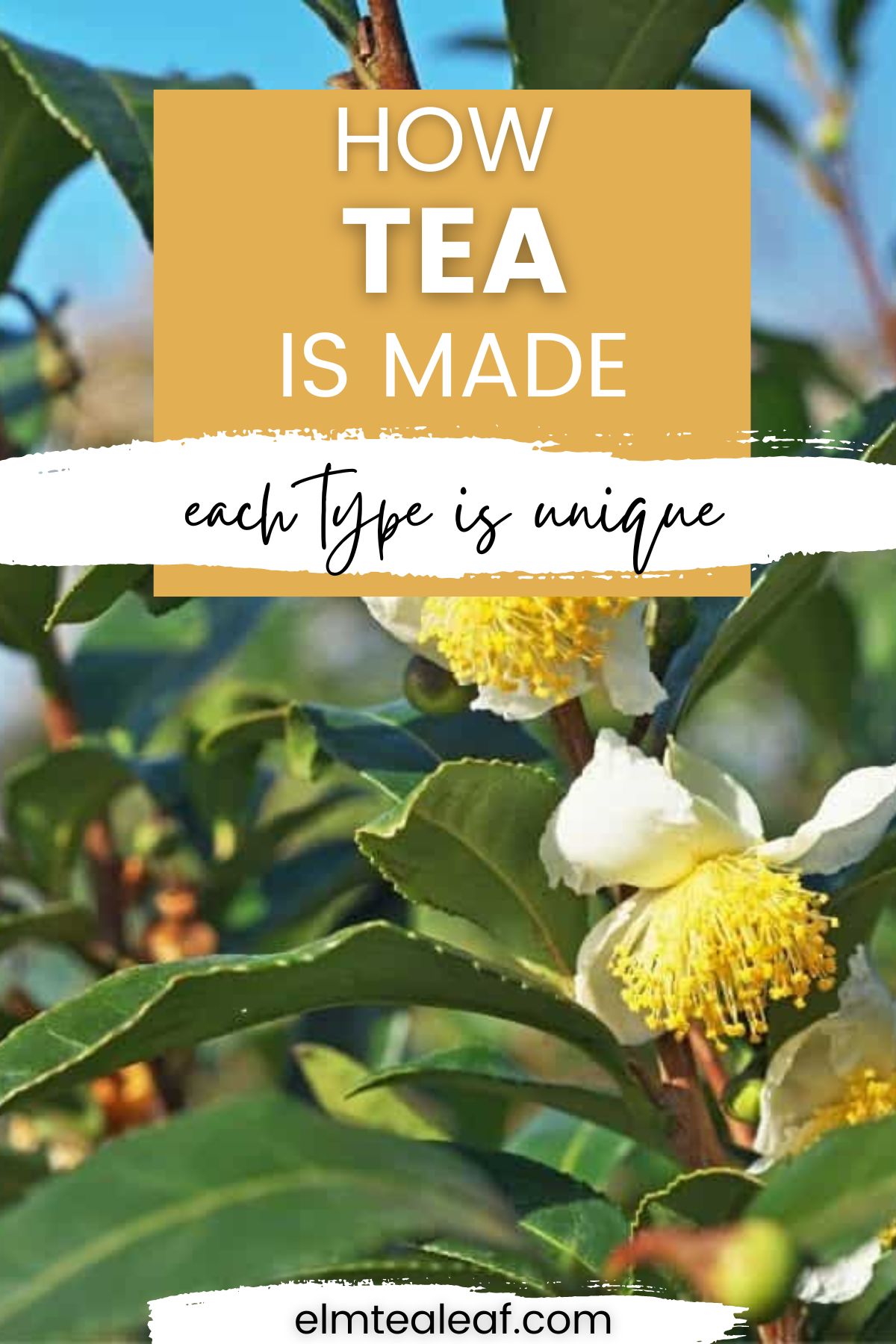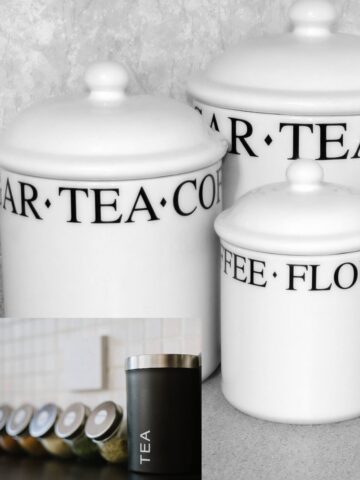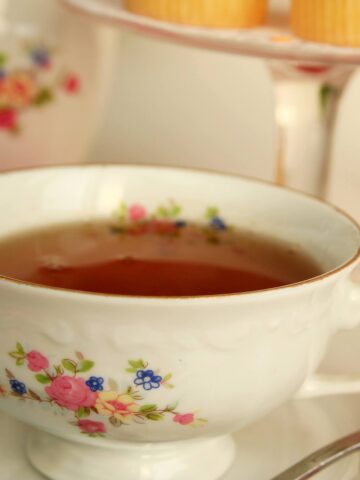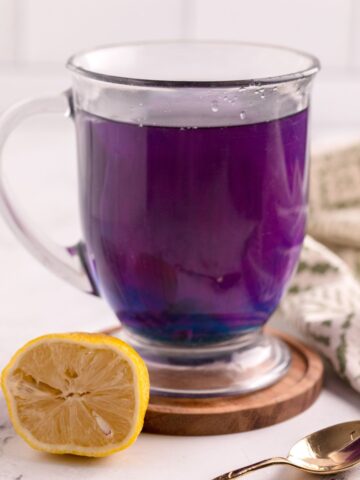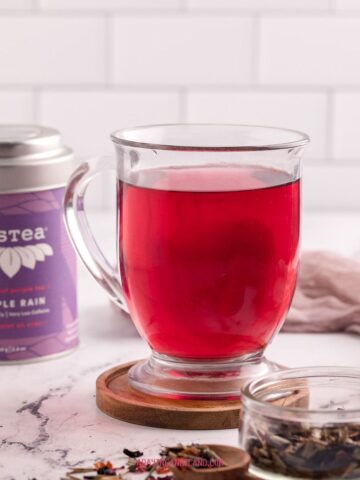Each type of tea is made, grown, and harvested differently. It starts by oxidizing and wilting and heat-treating the tea leaves. This ancient beverage goes through a unique process.
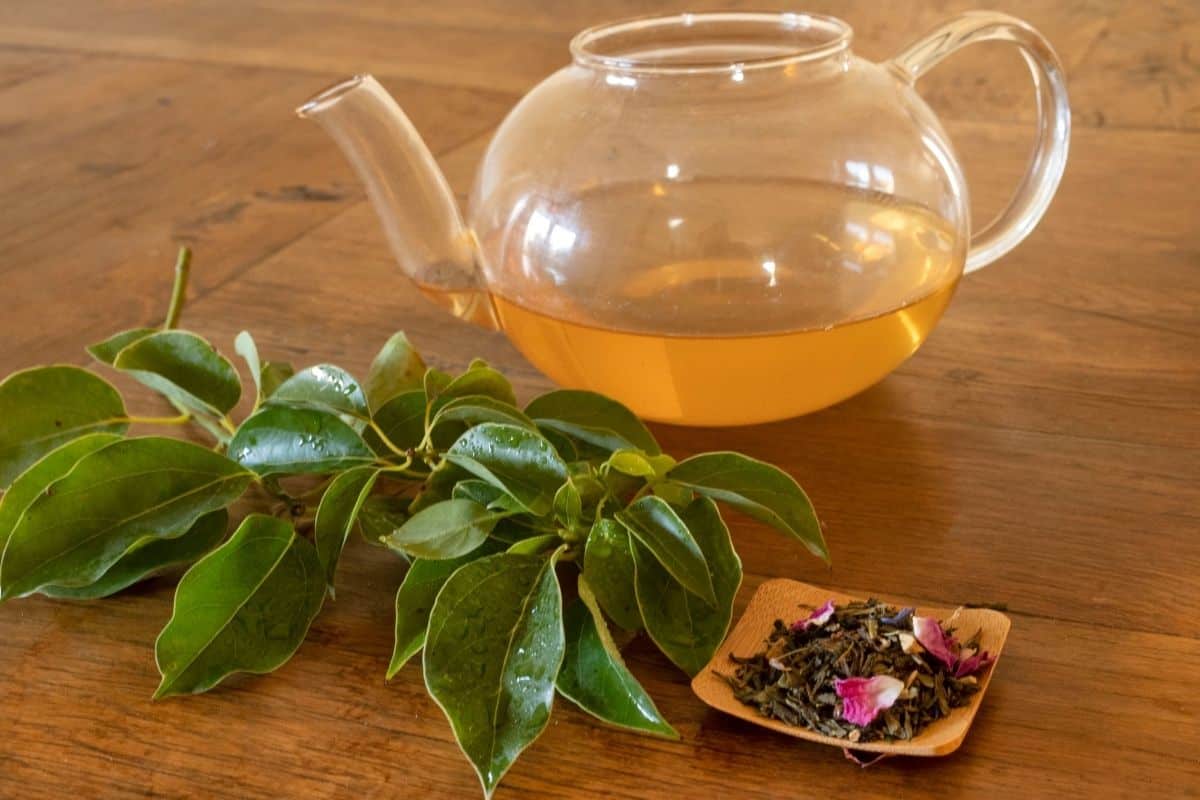
If you don’t count water, then tea is the most commonly consumed drink on Earth.
Tea comes from a plant that’s native to China and other countries in East Asia, and comes in many varieties.
Of course, we’ve all seen the teabags that you can just pour hot water on to make yourself a drink of tea, but where does that tea actually come from?
How is it made and processed?
And how does this differ for different kinds of tea?
Read on to see the rest of this article and find out!
The Tea Plant
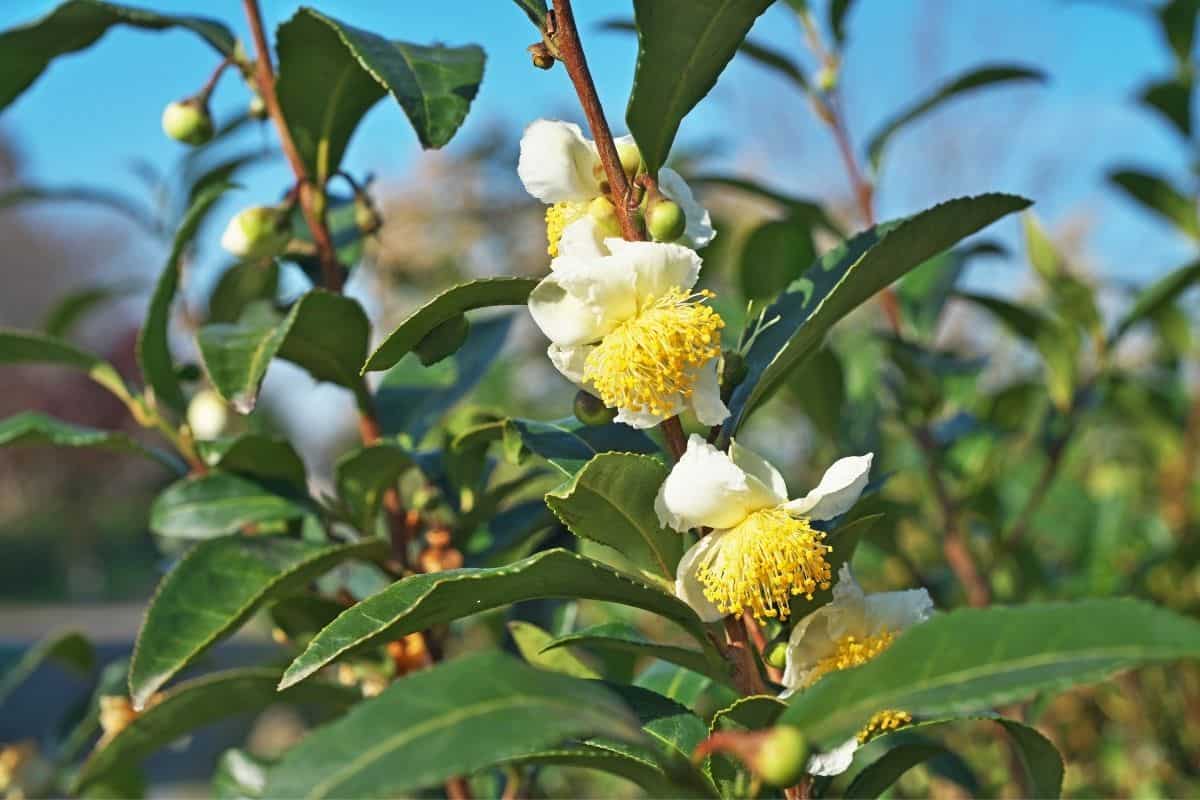
The plant that tea comes from is more formally known as Camellia sinensis.
This can sometimes come as a surprise to some people, who often assume that the different types of tea come from different plants.
This is not the case, although there are hundreds, if not thousands, of different cultivars of Camellia sinensis.
Different countries and regions often have their own special varieties but overall, they come from the same plant.
Different Kinds Of Tea
In most western countries, by far the most commonly drunk kind of tea is black tea.
That’s just one type of tea, though, and there are actually a lot more.
You may or may not have come across green tea, white tea, and oolong tea. All come from the same plant, but all of them are different, and that’s due to how they’re made.
We’ll go through them now, explaining the differences in how they’re made and how that affects their taste.
Black tea
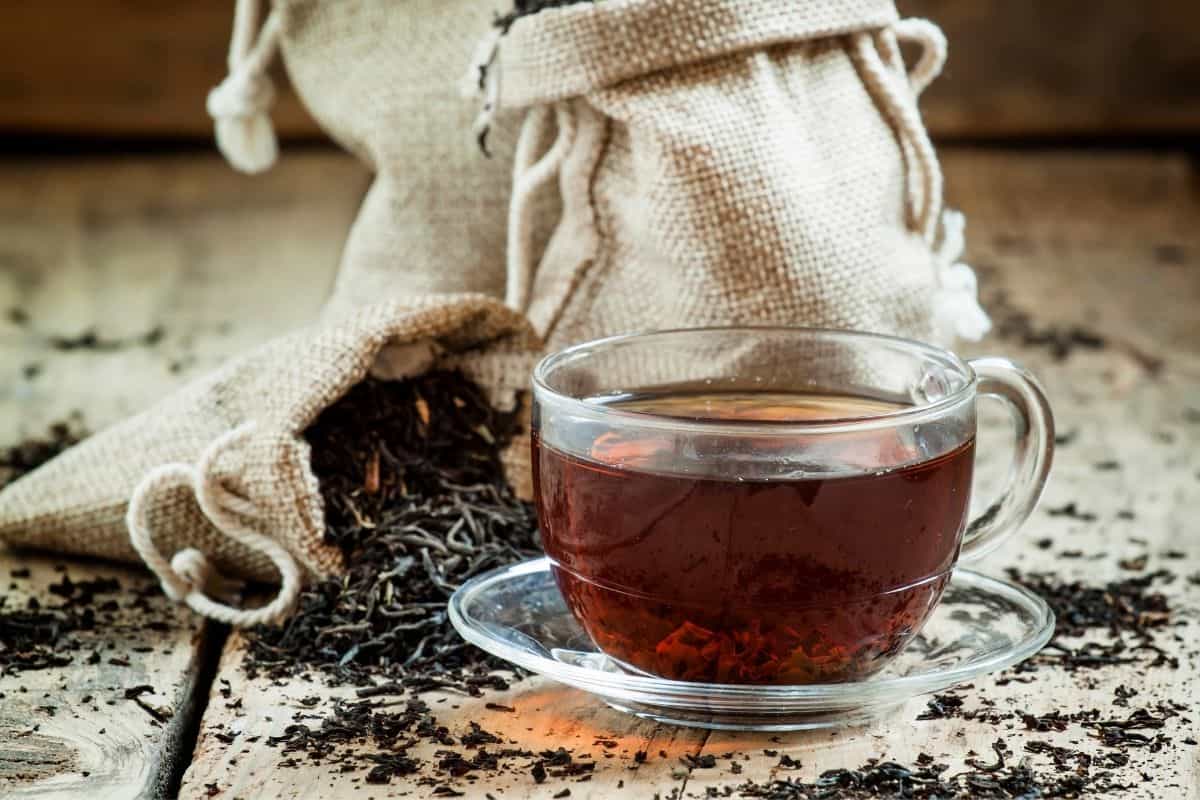
This is the most commonly drunk kind of tea outside of East Asia.
To make it, fresh tea leaves are wilted (either in the sun or indoors), as is the case for most other kinds of tea as well.
After this is done, the leaves are then lightly crushed. The crushing process releases the leaves’ natural oils, which then react with oxygen to develop the aroma and flavor of the tea.
They are then oxidized (or fermented).
This causes the chlorophyll in the leaves to break down and tannins to be released – this is the reason for the dark color of black tea leaves.
It is the length of the oxidization process that is one of the most important things in determining what kind of tea is made.
In the case of black tea, the leaves are fully oxidized for an extended period, resulting in particularly strong flavors.
When the oxidization process is over, the leaves are then dried to remove almost all of their water content and stop the oxidization process.
There are several ways this can be done, from pan-firing to sun drying.
Once the leaves have been dried, black tea is then usually broken up for use in tea bags, although this doesn’t happen to all black teas.
If the tea is destined for tea bags, the crush-tear-curl (CTC) method is used.
This involves the leaves being crushed into very small pieces by machines that contain hundreds of sharp metal teeth.
More Related Articles
- Beginners Guide to Black Tea
- Beginners Guide to White Tea
- Beginners Guide to Green Tea
- Beginners Guide to Herbal Tea
Green Tea
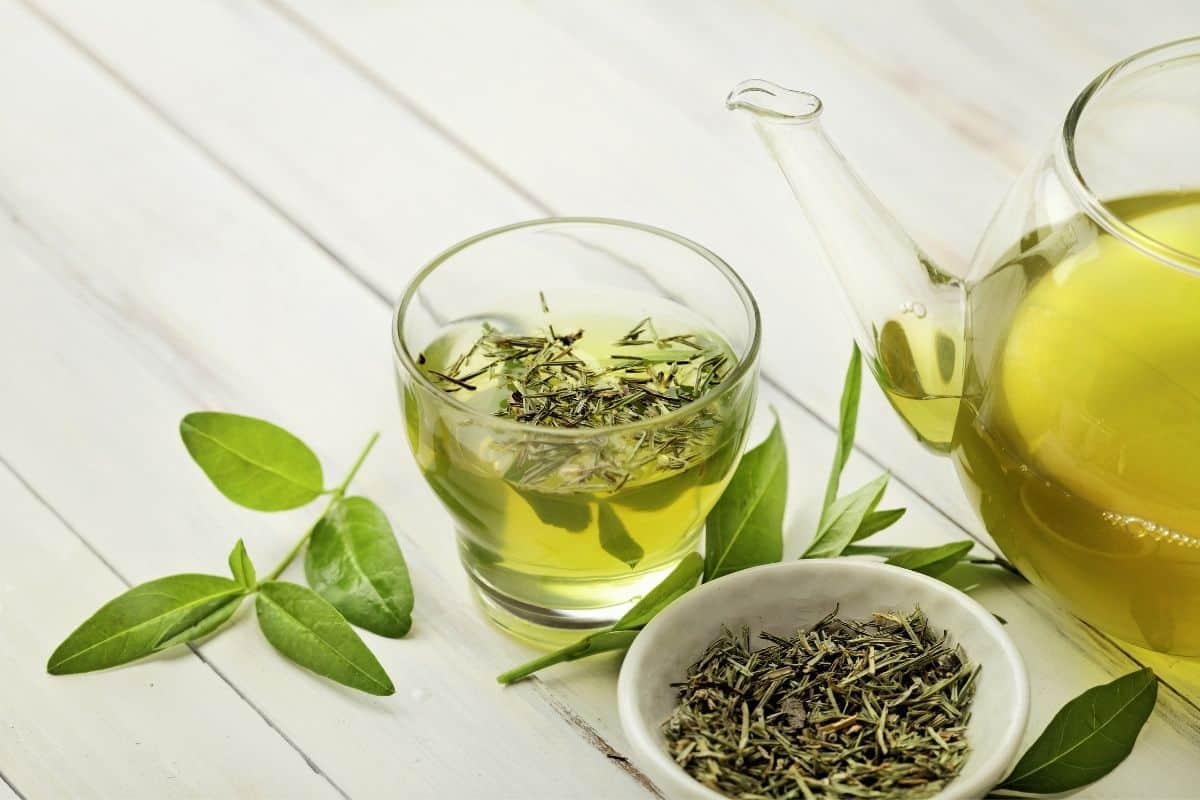
Green tea is one of the most popular go-to drinks in East Asia, and it tastes quite different from black tea. This is due to the way it’s made.
The first major difference is that when making green tea, the leaves are not crushed or oxidized.
This is the reason that green tea has a much more natural, mild, and grassy taste than black tea does – the leaves’ natural flavors are far more present because they haven’t been processed out.
The first step in processing leaves for green tea is exposing them to heat – either moist heat in the form of steaming or dry heat through pan firing.
This influences the taste of the final product – dry heat (the more common method) results in a more floral, nutty, and sweet tea while steaming yields a vegetal tea with a lot of body.
Either way, once the heat treatment is done, the leaves are then rolled and dried before being shipped
White Tea
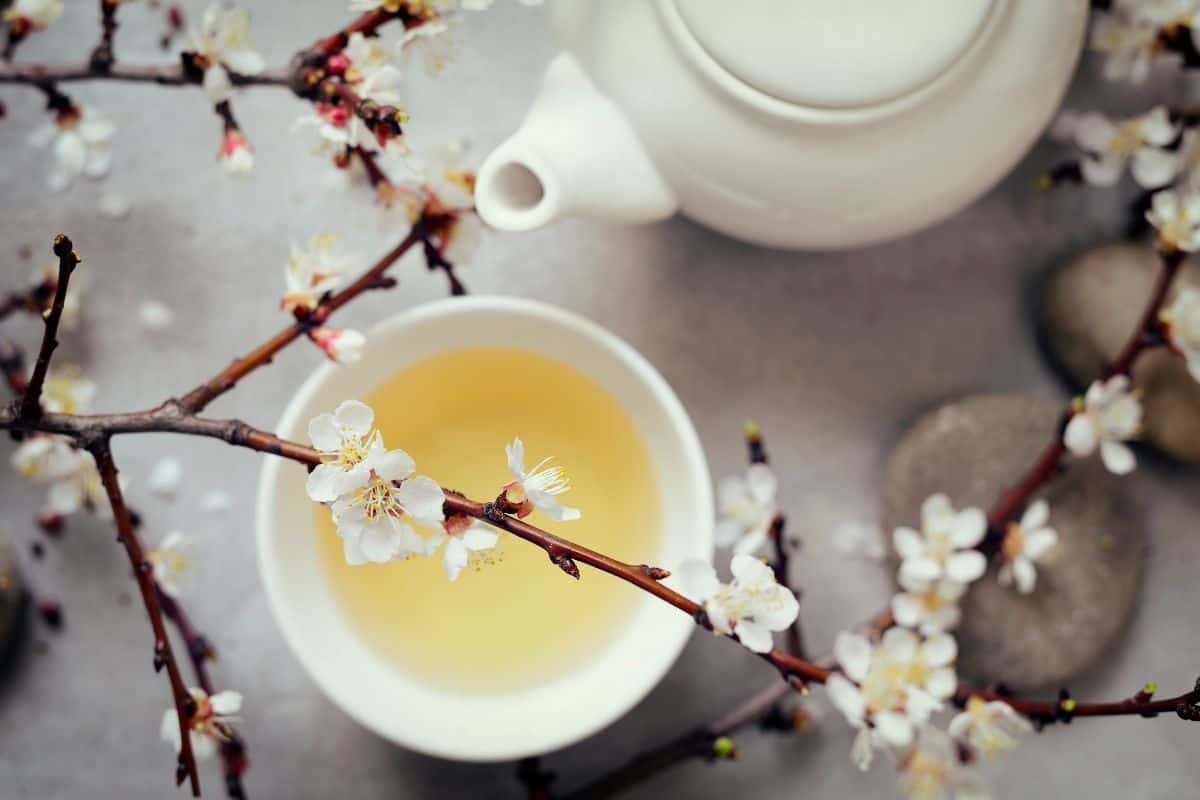
White tea is also less processed than black tea. However, the production of black tea does start the same way as white tea – by wilting the leaves.
After this, they’re baked, lightly rolled, and then dried.
The resulting flavor isn’t as natural or grassy as that of green tea, but is still a lot more delicate than that of the highly processed black tea.
Yellow Tea
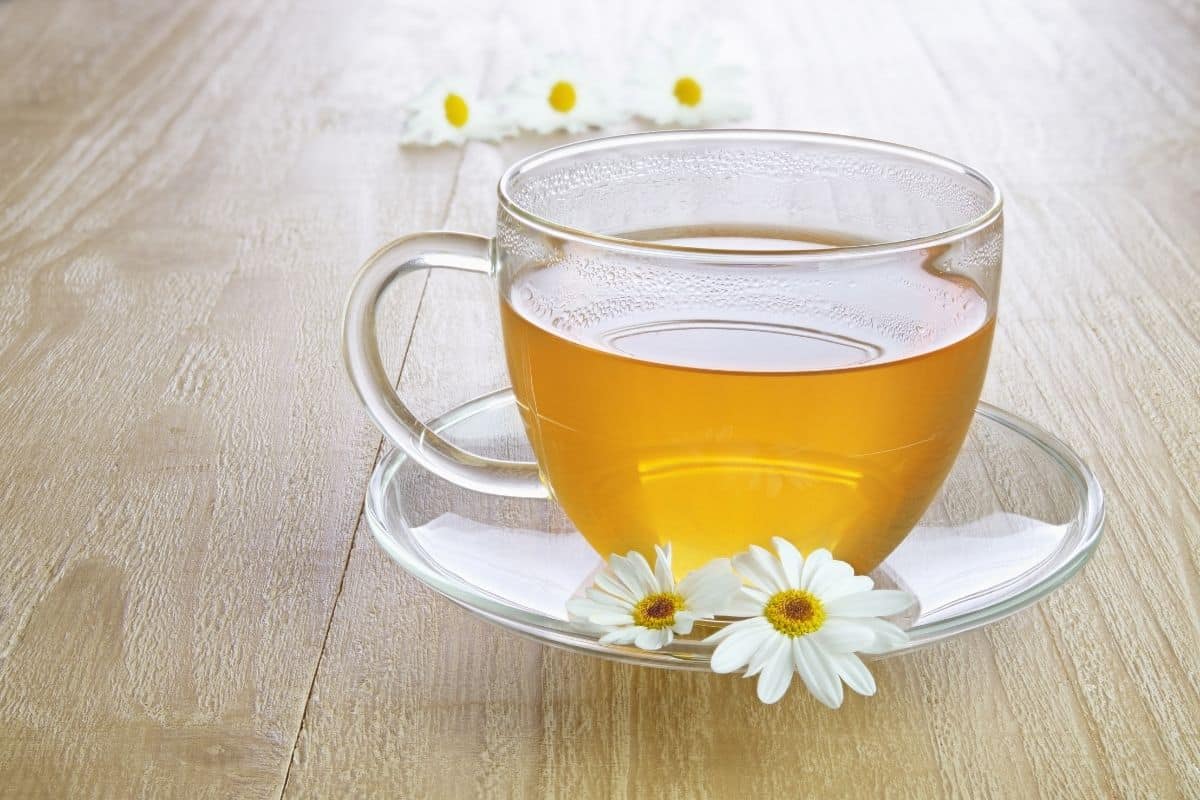
Yellow tea is quite a rare and expensive kind of tea, particularly outside of East Asia.
The way it’s made is very similar to green tea, with the addition of one very important step.
This step is called sweltering, and takes place after the steaming or pan firing that we mentioned in the section about green tea above.
It involves encasing the leaves and then steaming them, allowing them to slowly and briefly oxidize before the steam gets hot enough to stop this process.
The result is a tea that has a much softer, more mellow taste than green tea. In particular, the grassy smell of green tea isn’t present in yellow tea.
Oolong Tea
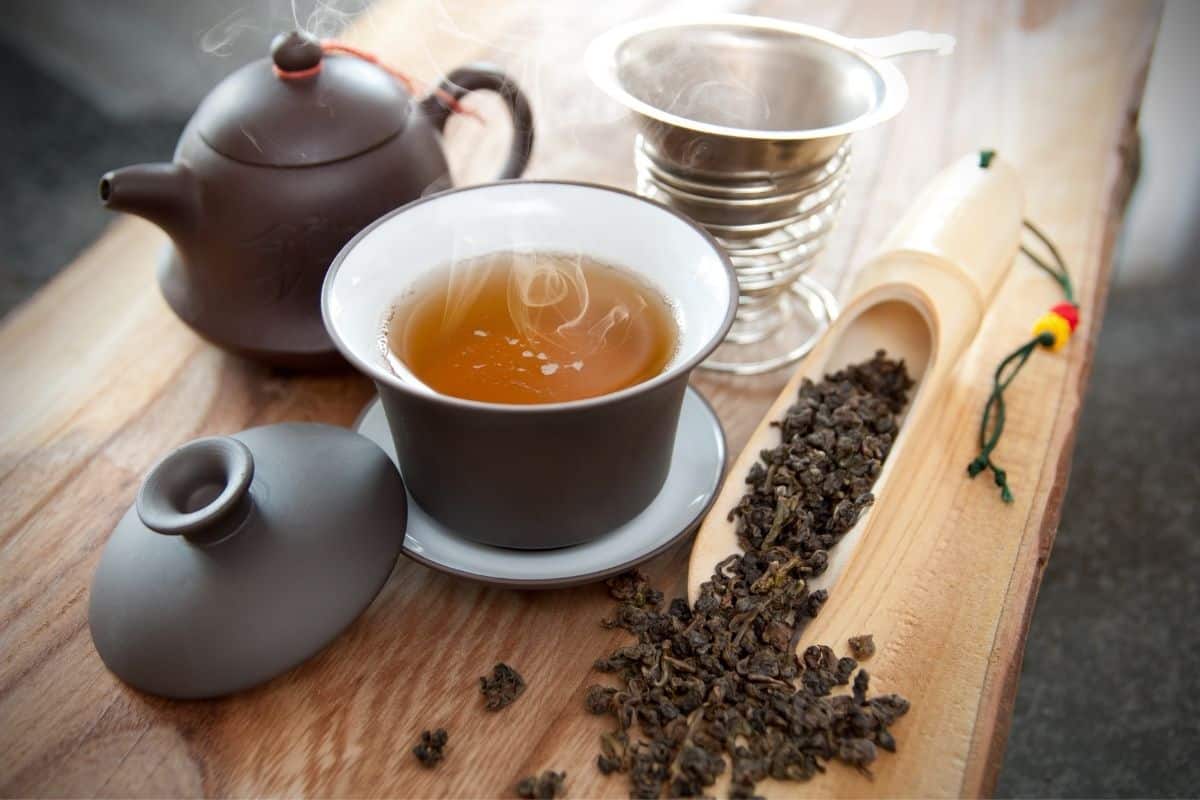
Oolong tea is most common in China and Taiwan, although it has been growing in popularity in the West over the last couple of decades as well.
The process of making it starts similarly to the process of making black tea, with the wilting of the leaves. The steps diverge after this, though.
For oolong tea, the next step is tossing the leaves in a basket and partially oxidizing them.
This changes the flavor, stopping the leaves from tasting as grassy as an unoxidized green tea, but not going as far in doing this as with a black tea.
The leaves are then rolled and dried. But next comes a unique step – the leaves are finally cured by firing them.
The exact nature of this varies between varieties of oolong, but it has a big effect on the final taste of the tea.
Final Thoughts
So, there you have it. The different kinds of tea might all come from the same plant, but they’re all made in different ways, and this contributes to their individual flavors.
If you’ve only tried black tea before, why not try some others? You might be pleasantly surprised by how they taste.
